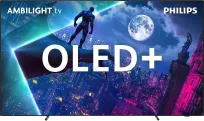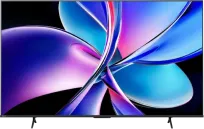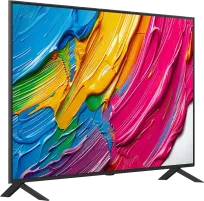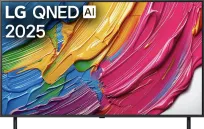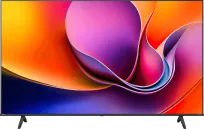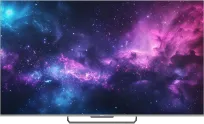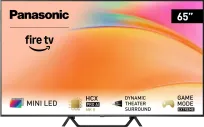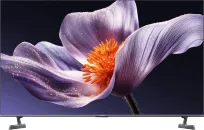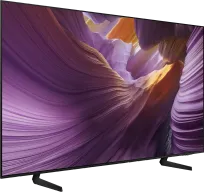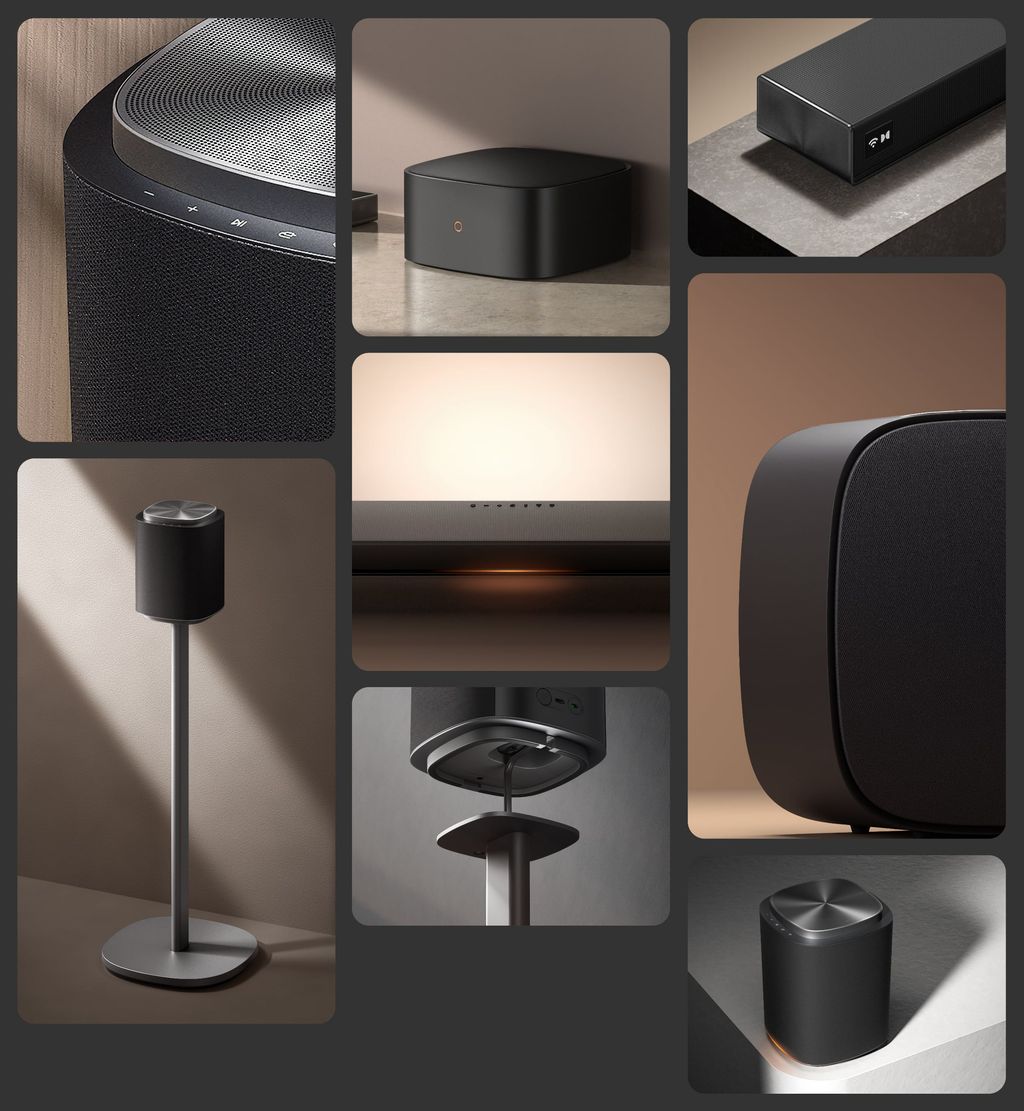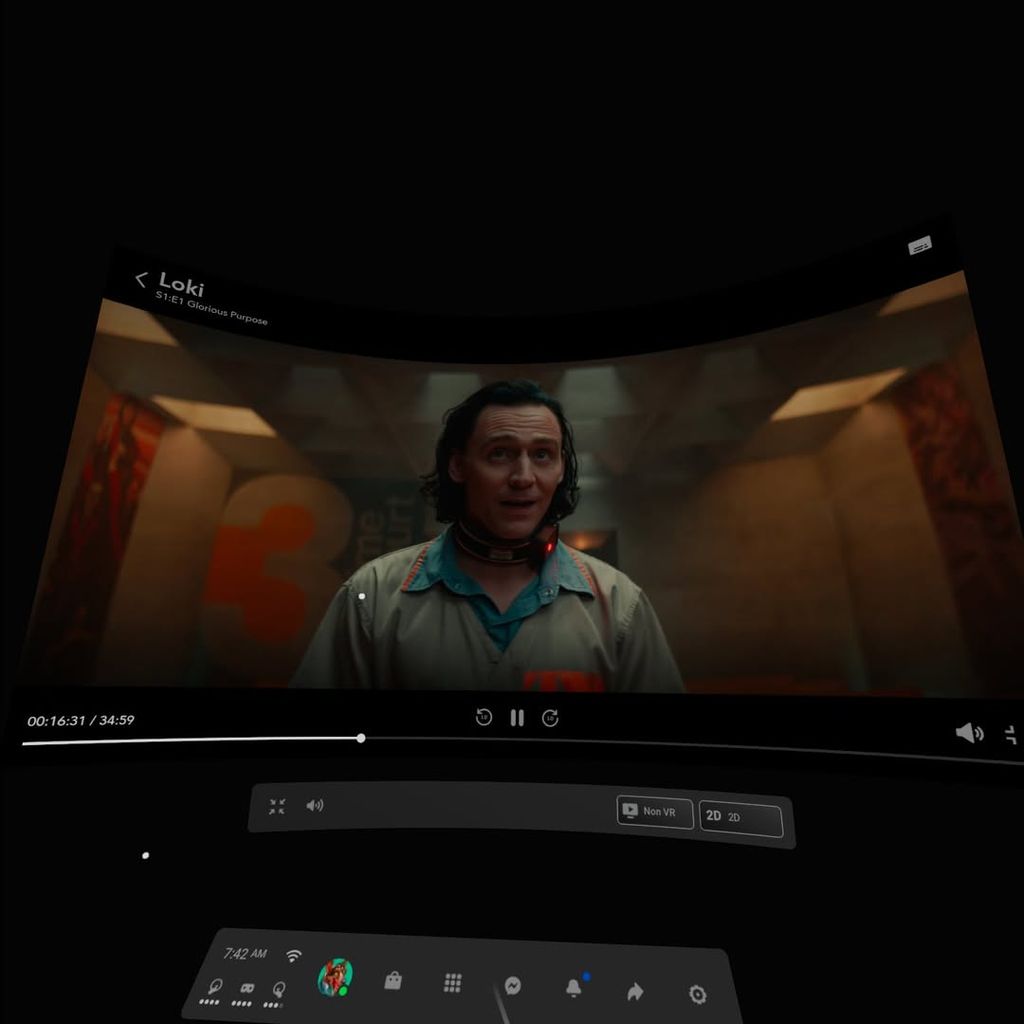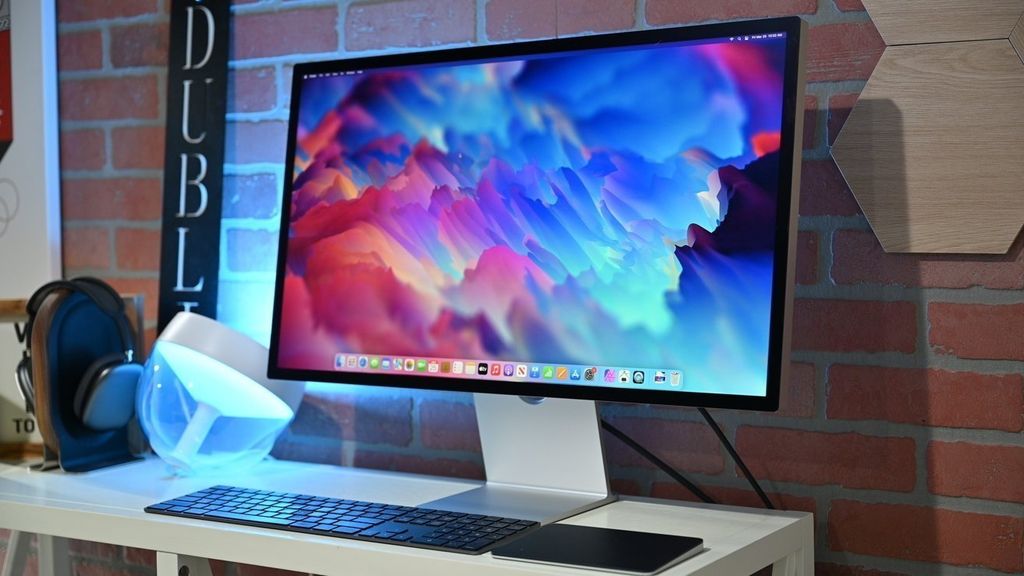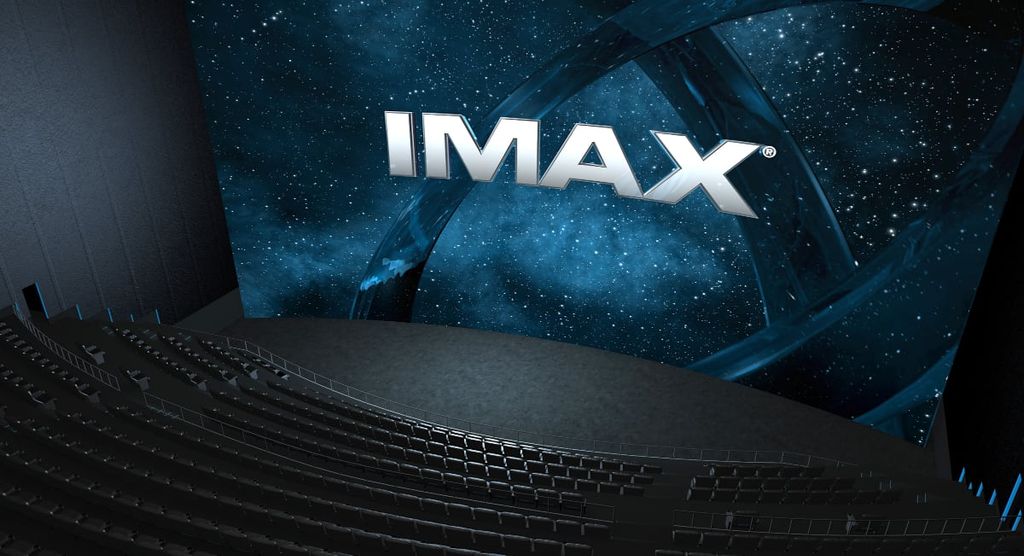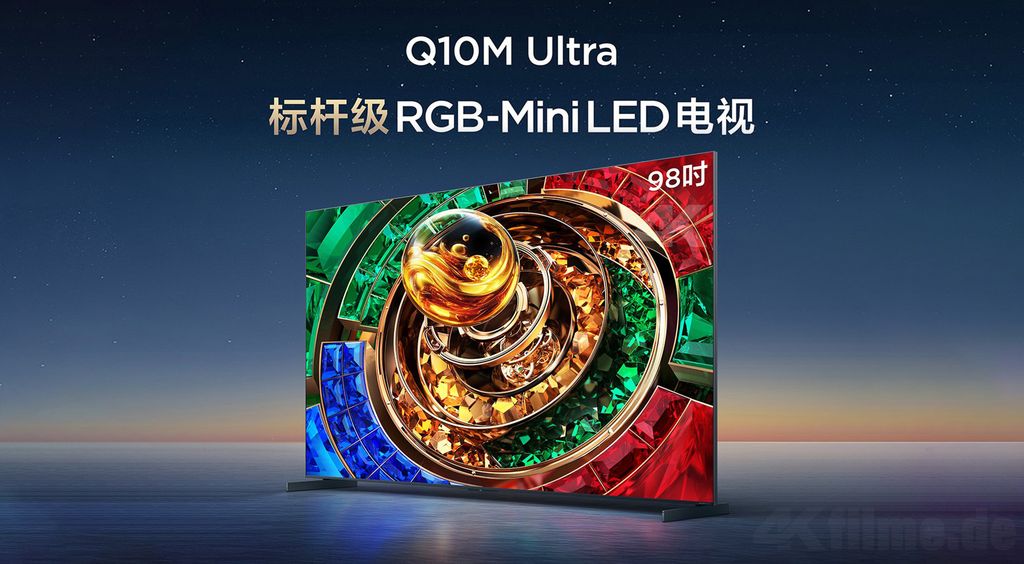
TCL once again likes to surprise. Instead of fireworks at the Berlin IFA fair, the Chinese giant showcased its new televisions… at home, in its own backyard. And it immediately brought out the big guns: 10,000 nits of peak brightness, over 20,000 dimming zones, and the first LCD in history with RGB LED. It sounds like a manifesto: “OLEDs, look and tremble.”
X11L – flagship with a cosmic specification
The new X11L is set to replace the X11K and right from the start sounds like a display of power. 98 inches, 10,000 nits, 20,736 zones, 100% Rec.2020. Additionally, it is only 2 cm thick and features an improved WHVA Pro panel, which is intended to enhance viewing angles. The only downside is that… there is still no RGB LED here. The flagship uses “Super Quantum Dot” miniLED, while the true experiment with colourful backlighting has been reserved for the lower series.
RGB LED – the holy grail of LCD?
TCL has been playing with RGB LED since 2018. And finally, after seven years, we have the first results. The Q10M Ultra and Q9M series are entering the market. The former aims high – up to 9000 nits, several thousand zones, full Rec.2020. The latter – more affordable, yet still impressive. Even the "budget" Q9M is said to offer up to 2000 nits and thousands of dimming zones.
Hopes and fears after testing this year's models
However, we are already familiar with this scenario. This year, TCL also boasted record values, and when it came to testing, the reality was often less impressive. Yes, we have seen progress – especially in contrast management – but problems still arose: aggressive dimming, halo effects, sometimes overly dark scenes.
Therefore, when we hear about 10000 nits, instead of popping the champagne, we prefer to maintain a healthy reserve. Because what good is it if the screen shines like a lighthouse, if the algorithms can't keep up with light control?
Europe will wait for CES 2026
For now, the new products will only be available in China. It will only be at CES 2026 in Las Vegas that we will see the versions intended for Europe and the USA. Until then, the question remains: will TCL finally prove that LCD still has a future, or will we again be discussing a cosmic specification that looks beautiful on paper but still requires a lot of work in practice?
 Katarzyna Petru
Katarzyna Petru